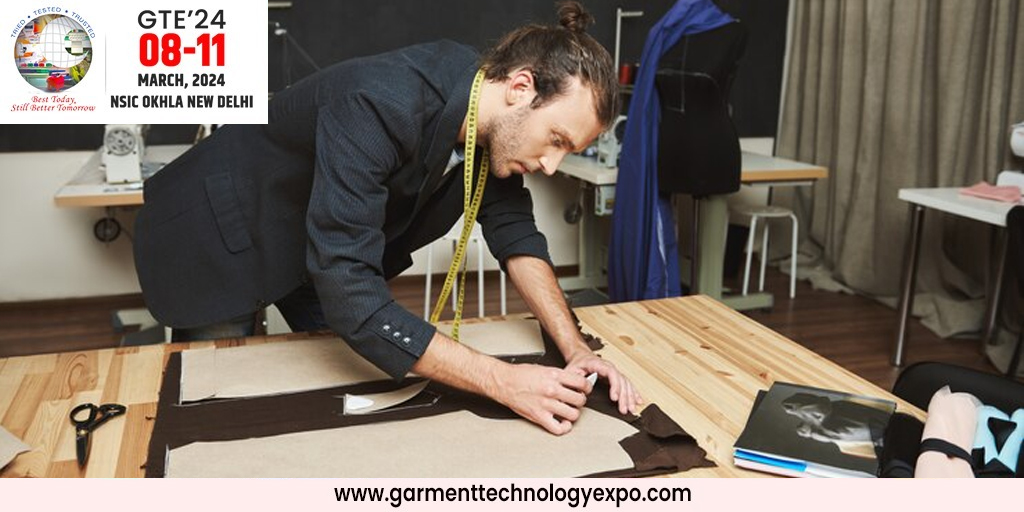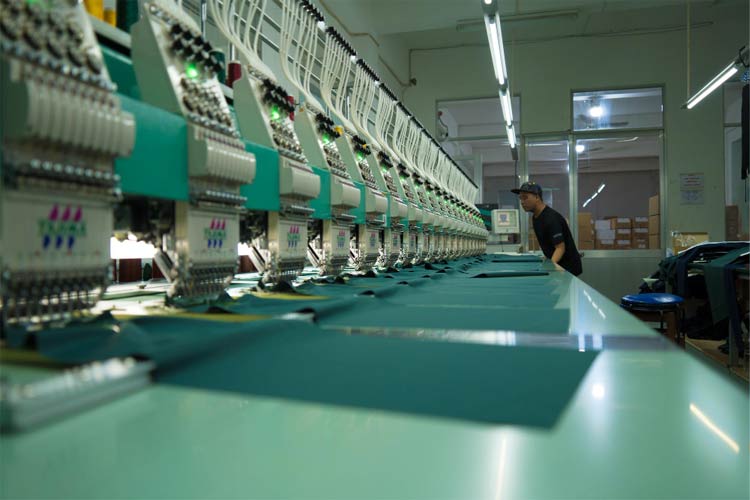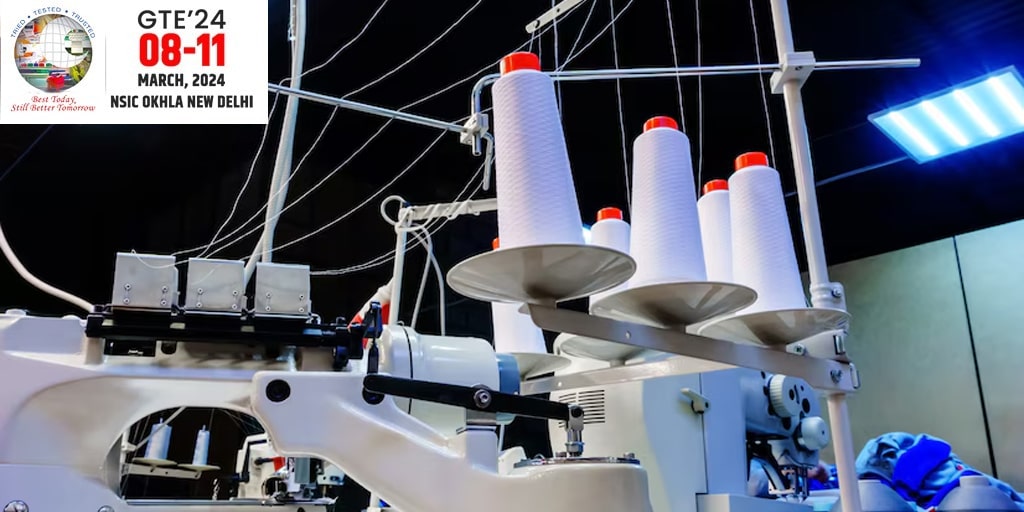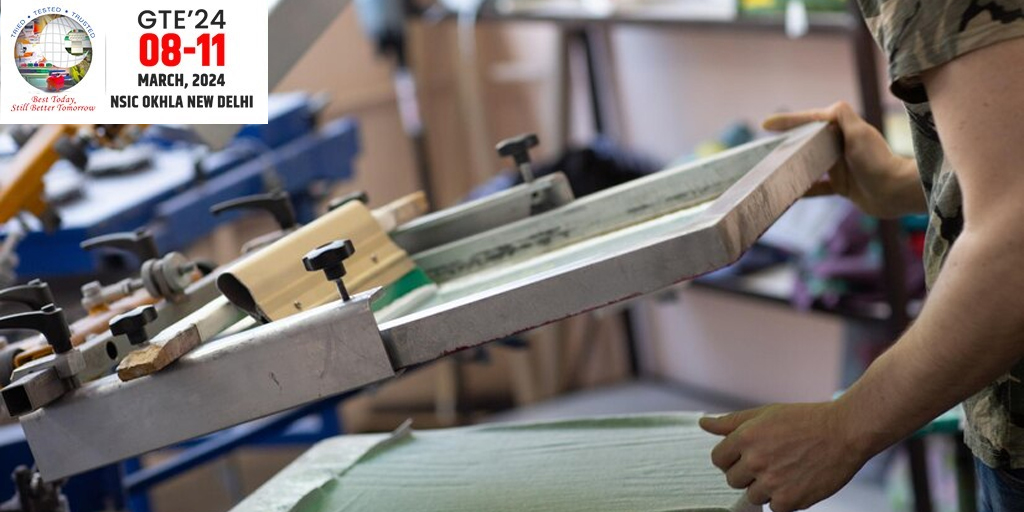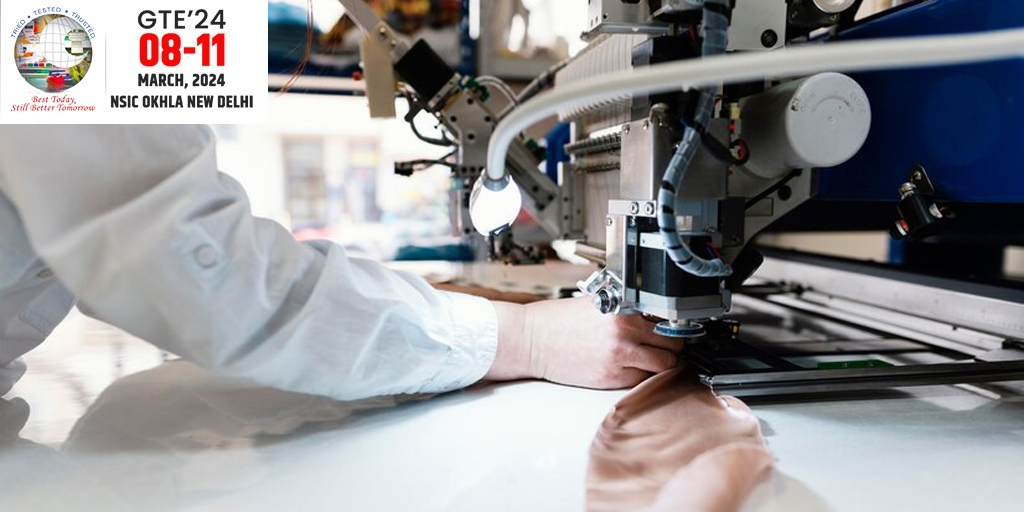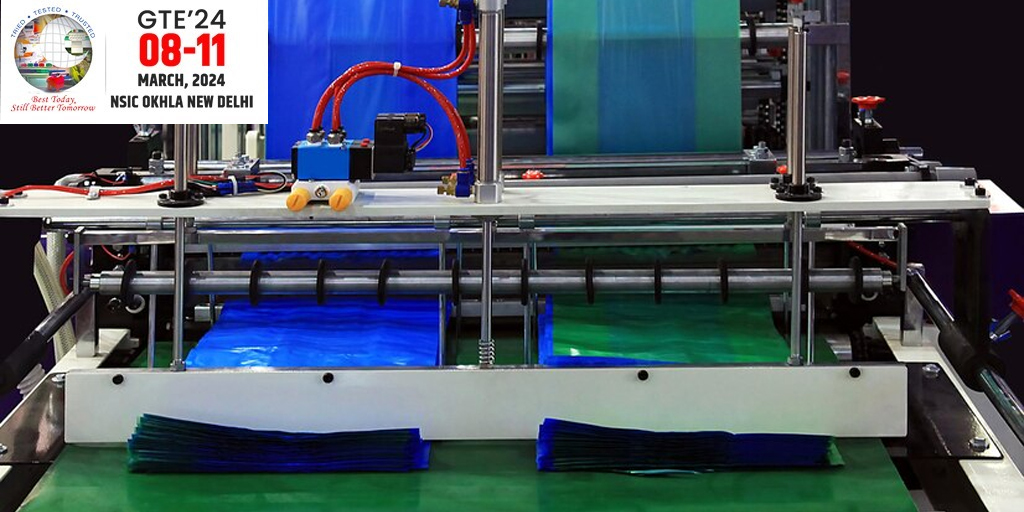In today’s fast-moving garment industry, the integration of technology has altered the way producers work. The largest strides forward have been made in the application of CAD/CAM CIM Systems. CAD/CAM CIM Systems refers to Computer-Aided Design/Computer-Aided Manufacturing and Computer-Integrated Manufacturing systems. A combination like this impacted the production of garments entirely, smoothing out the processes considered to be part of the design, cutting, and assembly process, all highly efficient and precise.
What are CAD/CAM CIM Systems?
CAD/CAM CIM Systems are a combination of digital tools and integrated processes, which support the entire lifecycle of garment manufacturing from design to final production. CAD enables designers to create and modify garment patterns through digital media to get greater flexibility and precision in iterations of design. CAM integrates digital designs and physical production by managing equipment in cutting and sewing.
The other is CIM that is an integration of many manufacturing processes into a unified system. The key to efficiency and communication in its contribution comes in when the whole workflow is integrated into a single automated platform of design, planning, production, and quality control.
Benefits of CAD/CAM CIM Garment Manufacturing
- Efficiency in Design Precision and Creativity
One of the main advantages of implementing CAD/CAM CIM Systems in garment manufacturing is improved accuracy and creativity in design. CAD software gives much flexibility to designers to detail their complex patterns and even visualize 3D garments with fine-tuning during real time for getting highly accurate and creative concepts of garments.
- Saving in Time and Cost
The CAD/CAM CIM Systems directly saves time and money. Processes automated minimize number of repetitive hand operations which increase the speed of the production cycle. CAM technology minimizes fabric waste in cutting and stitching, thereby maximizing fabric use. In addition to this coordination within different stages of production in CIM minimizes the risk of an expensive mistake or delay.
- Maximum Efficiency and Productivity
By integrating processes through CAD/CAM CIM Systems, manufacturers can significantly enhance overall productivity. Computer-controlled machinery and automated work flows improve production lines, which can produce more in less time. Such systems can perform intricate functions such as nesting for optimized fabric layups and multi-layer cutting operations. Such factors do tend to produce a well-running production environment.
- Consistent Quality Control
Mass scale garment manufacturing always maintains the quality of the product. CAD/CAM CIM Systems have quality checks at every stage of manufacturing. In every stage-from designing up to finishing- they have quality controls, while at the end, after manufacture, they test for defects that could drag down the quality of the products and lead to consumer dissatisfaction.
- Flexibility with market Trends
Changing fashion trends hugely influence the garment industry. The use of CAD/CAM CIM Systems provides ease and swiftness in the changing of direction and fashion trends. It happens to be fast, as one can always make changes or design something without doing it all over again from scratch; therefore, changes are easily accommodated to meet the season’s requirements for customized orders. This flexibility keeps companies abreast of the trends and demands of the ever-so-swift fashion market.
How CAD/CAM CIM Systems Work Together?
CAD/CAM and CIM systems are integrated to create a seamless production cycle that keeps the production process accurate and minimal time-consuming. The process broadly encompasses the following stages:
- Design Phase (CAD): One has made use of CAD software to create garment patterns with detailed dimensions and 3D visualizations.
- Production Planning: CIM takes the CAD data and ensures the scheduling of all tasks related to production, including the effective use of resources and time.
- Manufacturing, or CAM: The digital designs are transferred to CAM-enabled machinery, where it cuts, sews, and assembles automatically.
- Quality Management: This CIM system utilizes quality control mechanisms during the manufacturing process where discrepancies can be caught and rectified.
The Bottom Line
Advancements to the system include CAD/CAM CIM Systems, which mark the takeover of garment manufacturing with a technological leap that brings along finer design effectiveness, cost efficiency, and conformed quality of output. Manufacturers can integrate CAD, CAM, and CIM, thus allowing them to concentrate efforts in all areas of production and respond promptly to the dynamic demands of the marketplace. Therefore, for any company interested in upholding the standards and staying ahead in the highly competitive world of fashion, adopting these systems is not an option but a mandate.


